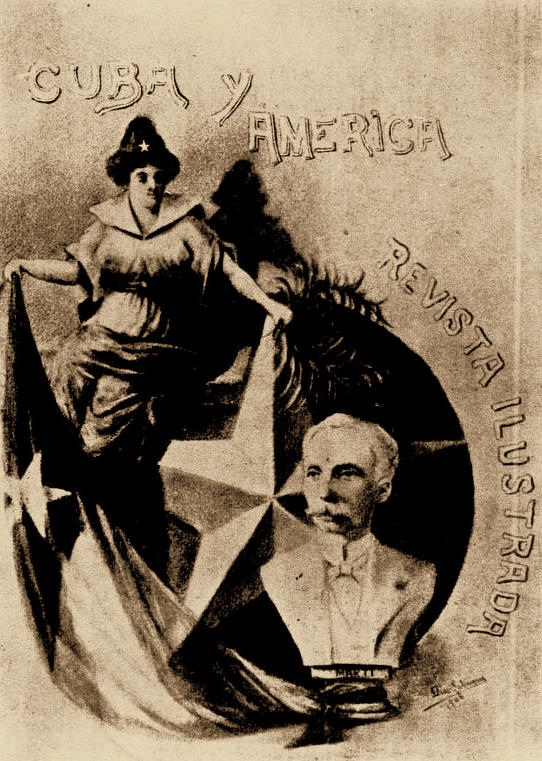3.2.4 The narrative works of Nicolás Heredia (1855 – 1901)

Although Nicolás Heredia was born in Santo Domingo and died in the United States, he spent most of his life in Cuba, and its natural landscapes and social realities were the ones he primarily captured in his works. Politically, he joined the Autonomist Party, but his ideas evolved toward independence; he expressed early views of annexationism, associated with the economic progress the country was experiencing.
In 1882, his novel “A Man of Business” won a prize at the Floral Games of the Matanzas High School, a province where he lived for many years. In the prologue, the author acknowledges many of the work’s shortcomings and how it was composed almost expressly for the competition. Its aim to appeal to popular taste is evident, and to this end, it adheres to many of the requirements of the so-called romantic serial novel.
The plot of this work is very similar to the one Ramón Meza would develop several years later with “My Uncle the Employee.” The Spanish emigrant’s dream of the island as a promised land of abundance is common to both, as is the moral degeneration that stems from avarice, almost as a blinding passion, an impediment to authentic feelings; although the ethical conduct of young Gonzalo stands out in the panorama.
For its part, “Leonela” is considered by scholars to be this author’s most important work and also relevant to nineteenth-century fiction. Its plot expresses the ideological tendencies that were latent at the turn-of-the-century, particularly the annexationist orientation and the dazzle that the American economic and social model exerted on some circles in Cuba, especially among the upper social classes.
Leonela’s surrender to Valdespina, a passage that radiates in some ways throughout the entire text, symbolizes something else within the aforementioned social panorama. It even risks some judgments about the Creoles’ lack of business acumen, which demands the tutelage and instruction of North American businessmen, all under the banner of material progress, which, from a certain perspective, the war of 1868 had jeopardized.
In addition to his forays into the fiction genre, Nicolás Heredia contributed to various publications of the time, including the foundation of Diario de Matanzas and El Album. He also contributed to Revista de Cuba, Revista Cubana, and especially to Cuba y América and El Fígaro. In the latter, he published excerpts from the series Chronicles of the Cuban War, which was interrupted by the colonial authorities.








